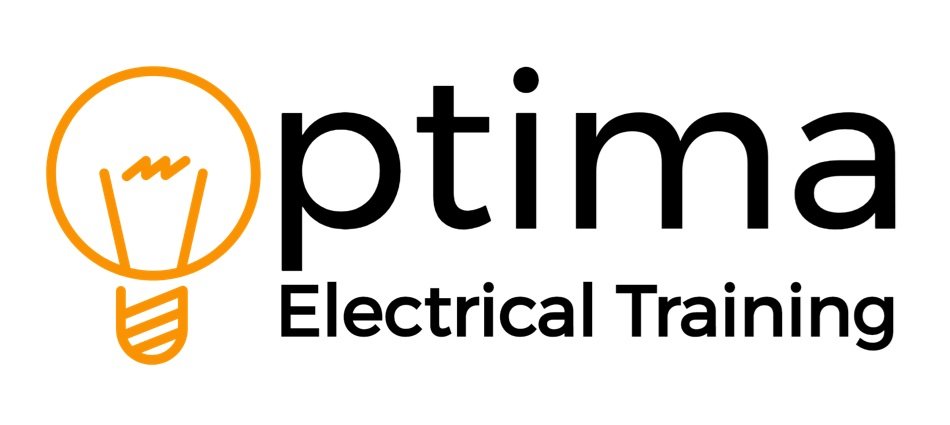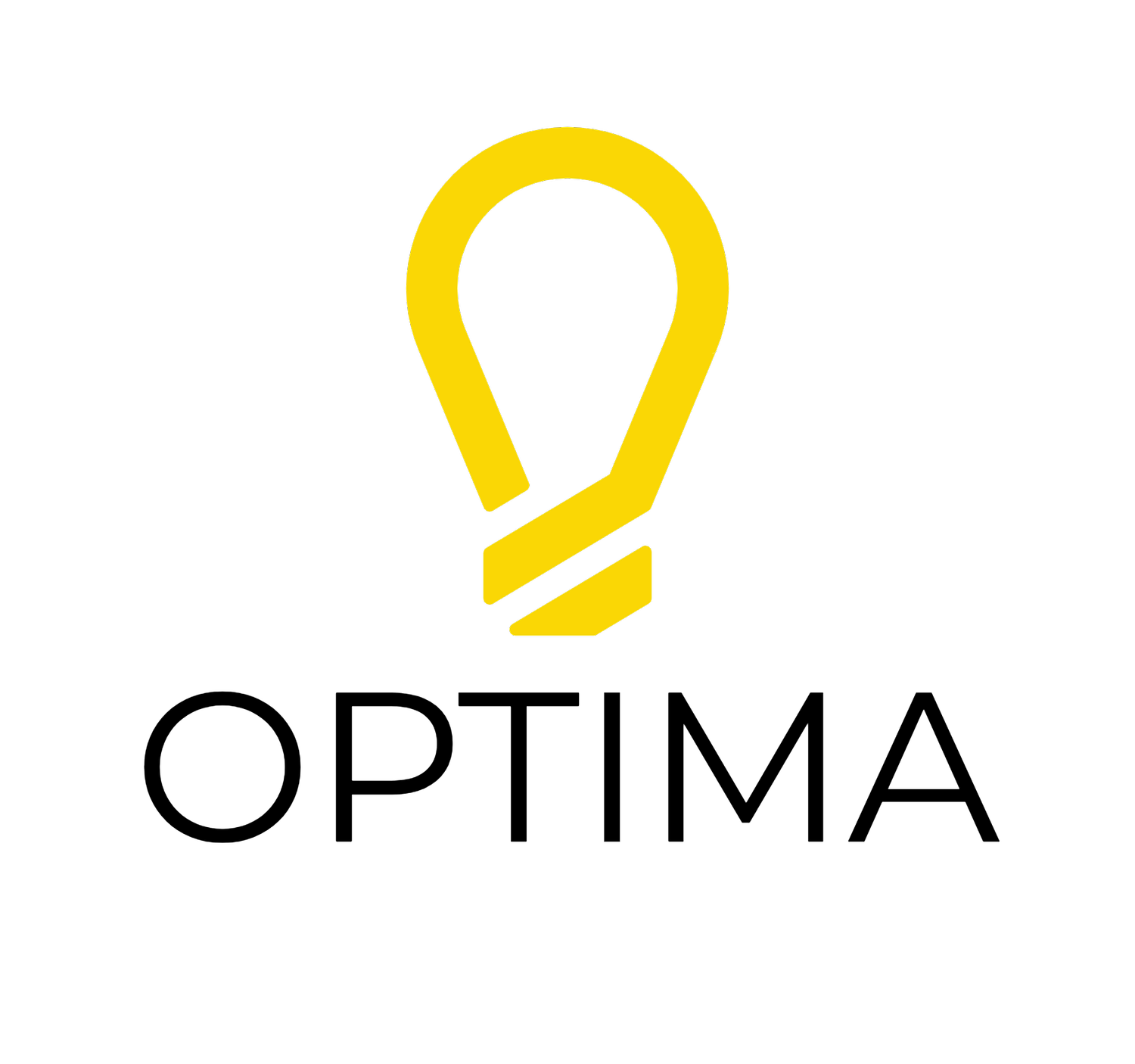What safety hazards need to be avoided when installing solar PV
Solar PV installation carries a number of risks, but by being aware of the dangers to stay away from, you may minimize those risks. Three of the most important electrical risks to keep away from when setting up and maintaining solar PV installations are highlighted by Fluke.
The number of solar installations in the UK is increasing at an astonishing rate; it has doubled in the last year, and by 2030, it is anticipated to double once more.
Technicians will need to look for solutions to lower their risks given the expansion's rapidity. This entails being watchful while working, but there are other equipment available, like the just-announced Fluke 393 FC, that can guarantee precise measurements to prevent any mishaps.
Choosing the right solar testing equipment is essential if workers – and the PV system itself – are to be safeguarded from a range of potential electrical risks because current in PV applications is "wild" and not limited by electronics.
These are the top three dangers:
Electrocution
When electricity passes unintentionally through a person's body, it can cause shock or electrocution from energized conductors, with deadly outcomes from as little as 50 mA impacting the heart.
Electrical shocks are often brought on by poor cable and wiring insulation, deteriorated safety cover insulation, or poor grounding. The combiner box, the equipment grounding conductor, and the PV source and output circuit conductors are the key locations where these conditions can be found in a PV system.
2 Arc flashes and fault arcs
High voltage electrical discharges between two or more conductors cause electrical arc problems, which can subsequently cause heat and degradation or even burning of wiring insulation. PV systems are particularly susceptible to arc faults brought on by a ground fault, which can also result in an unanticipated current flowing between two conductors or a loss in conductor continuity.
Large-scale PV arrays with medium-to-high voltage levels are known to experience the arc flash phenomenon. Arc flash has just recently started to affect DC systems on a significant scale, which is why DC systems over 120V now need to perform an arc flash hazard risk analysis.
When fault-checking in energised combiner boxes, when PV source circuits are utilized in parallel to boost current, or when doing tests on medium-to-high voltage switchgear and transformers, the problem is particularly widespread.
When an arc fault in DC and AC conductors has a substantial amount of energy available, an arc flash occurs. Hot gases and radiant radiation, up to 19,500°C, are released during the flash (or four times the temperature of the surface of the sun).
The most at risk set-ups are residential inverters with input voltage up to 500V and large-scale inverters with up to 1500V. It’s essential to use a meter that’s rated for the relevant measurement category or CAT rating as well as the application’s voltage level. This is so the unit can cope with average voltage levels and high voltage spikes and transients that are capable of producing shocks or causing an arc flas
3. Switching to 1500V
Most major manufacturers of inverters and solar modules are shifting from 1000V systems to 1500V for greater efficiency. For solar installations, overvoltage category CAT III 1500V systems are being more widely used and CAT III and CAT IV equipment is essential for PV systems at high altitudes.


